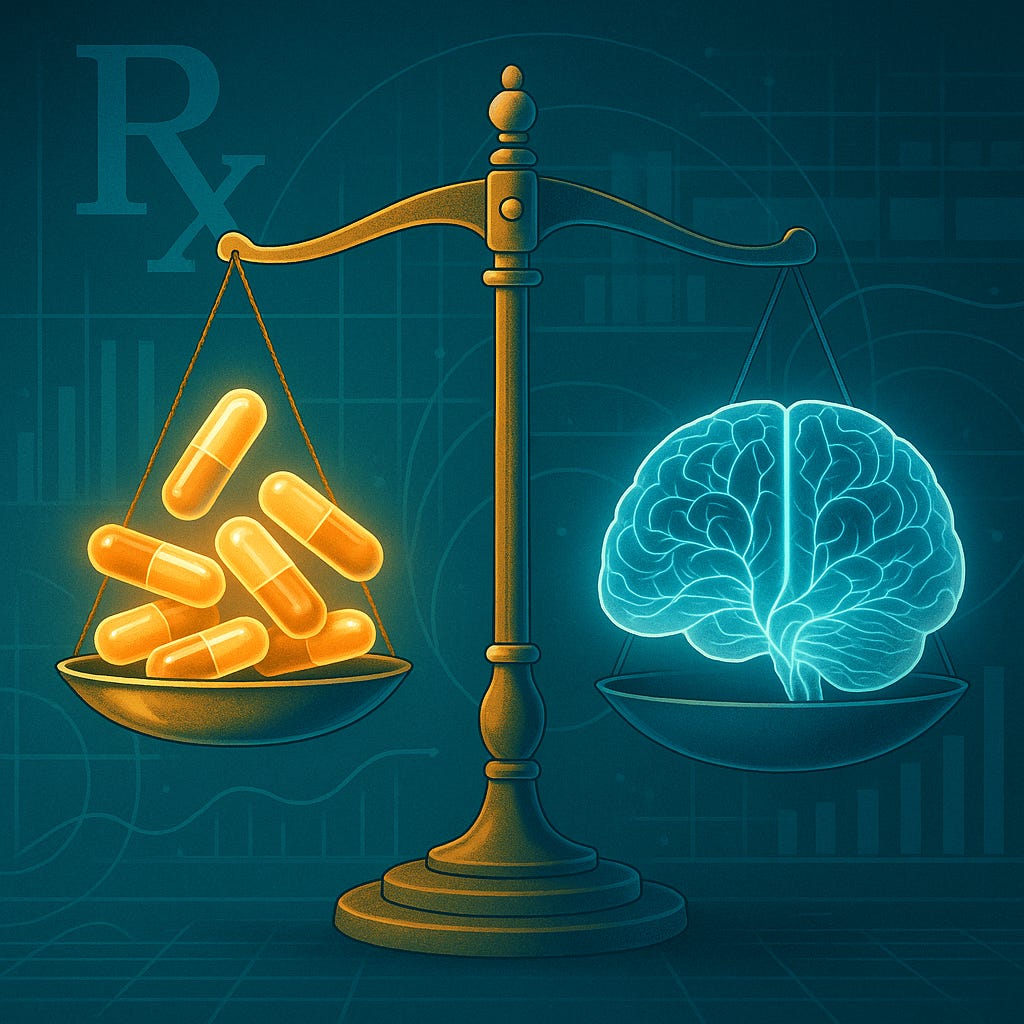Gabapentin Use Rises Rapidly Across the US Despite Known Risks
Prescribing trends reveal growing use among older adults and women, raising safety concerns
A CDC analysis published in Annals of Internal Medicine shows that gabapentin use in the United States more than doubled between 2010 and 2024, making it the fifth most prescribed drug in 2024. The sharp rise, especially among older adults and women, raises concerns about safety risks, particularly when combined with opioids.
Study Details
Gabapentin, ori…
Keep reading with a 7-day free trial
Subscribe to Just Healthcare to keep reading this post and get 7 days of free access to the full post archives.


